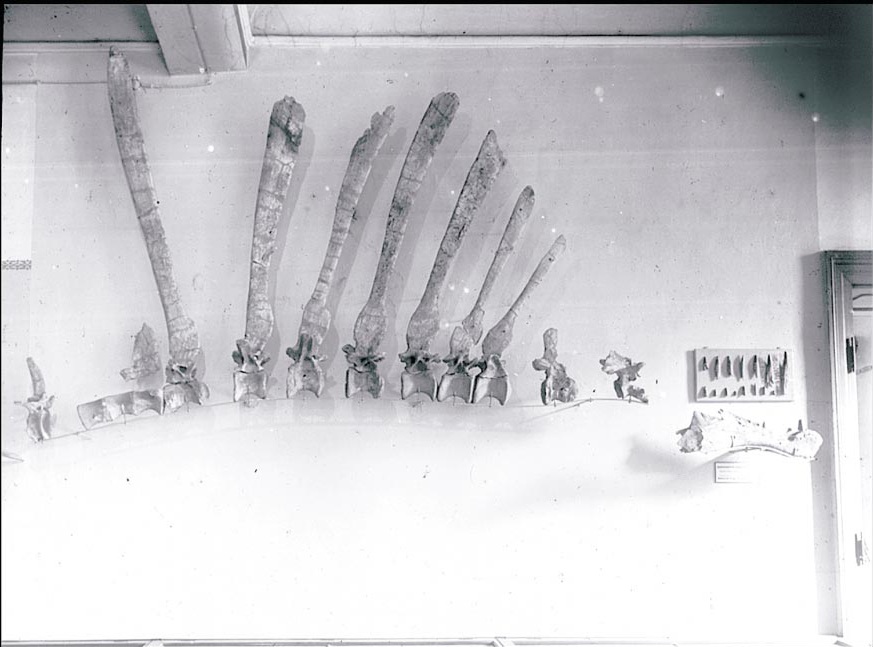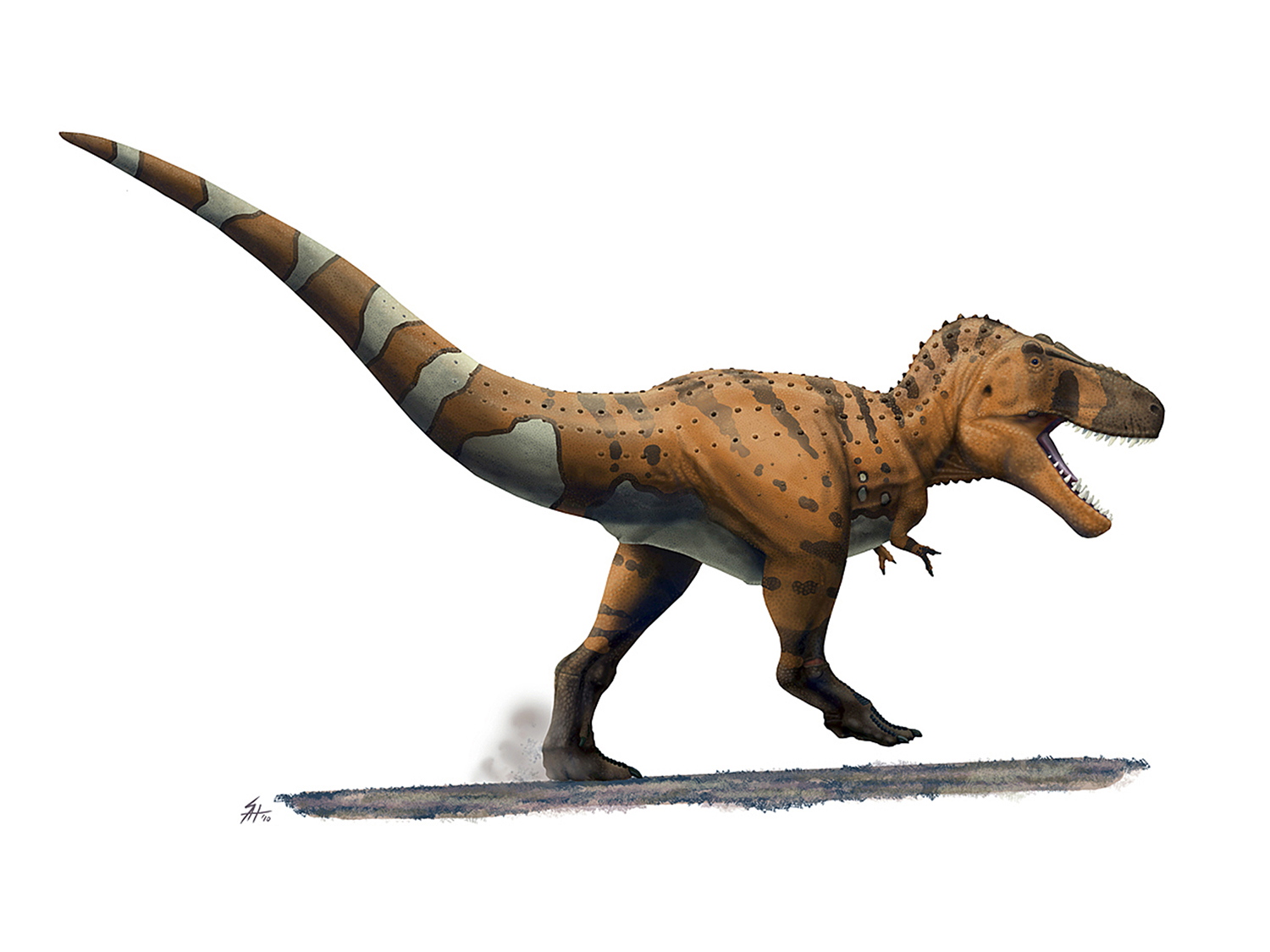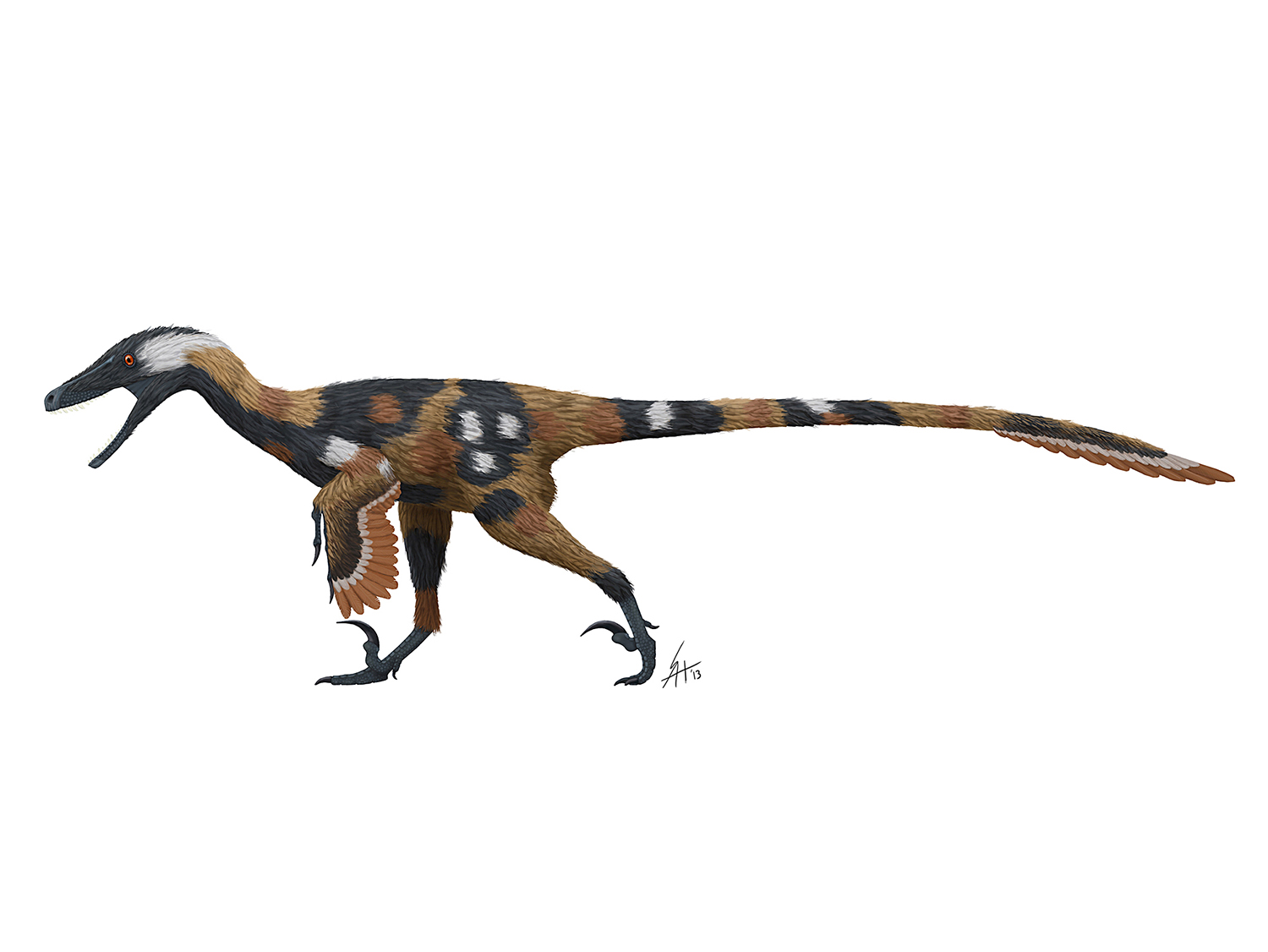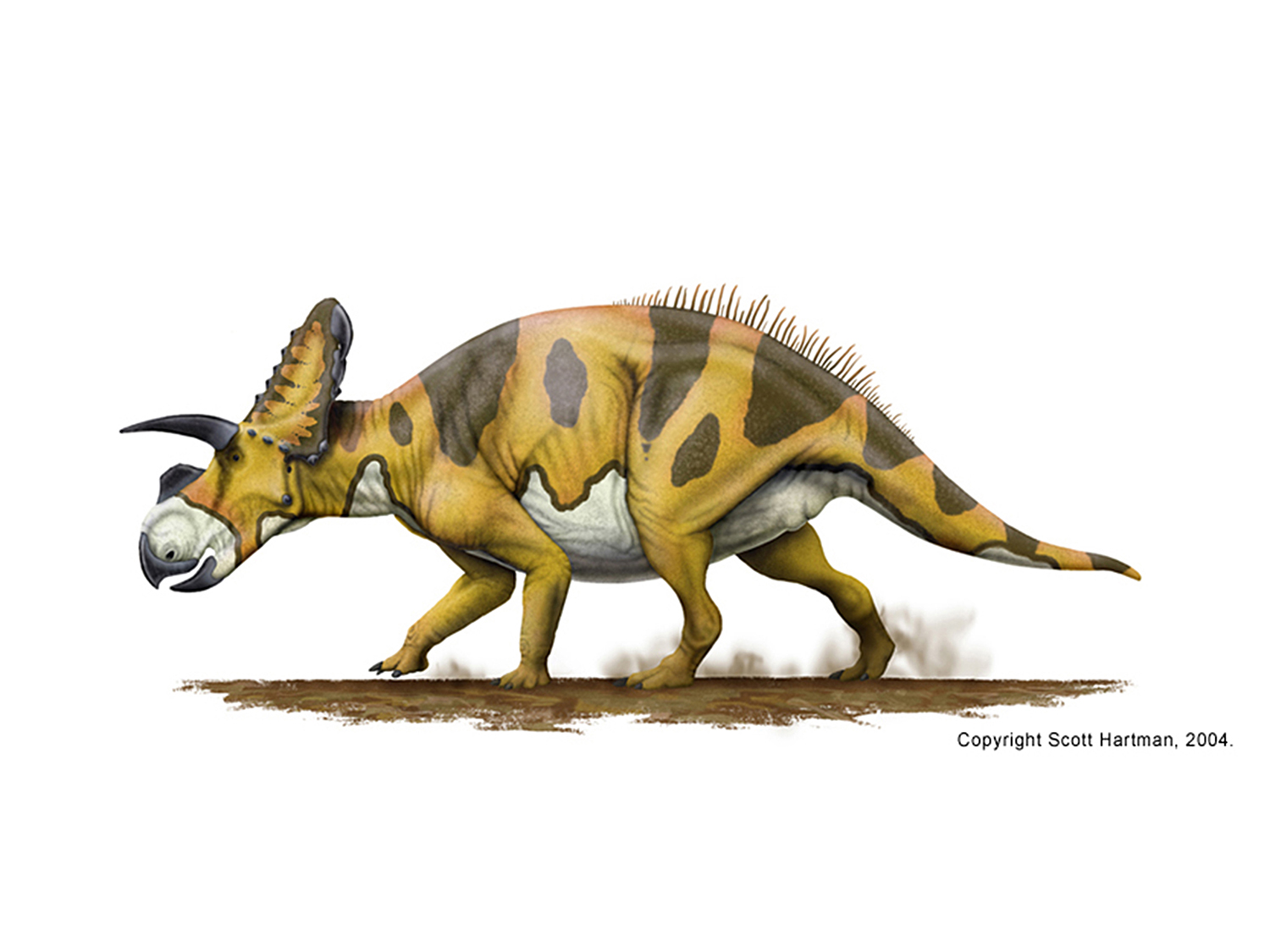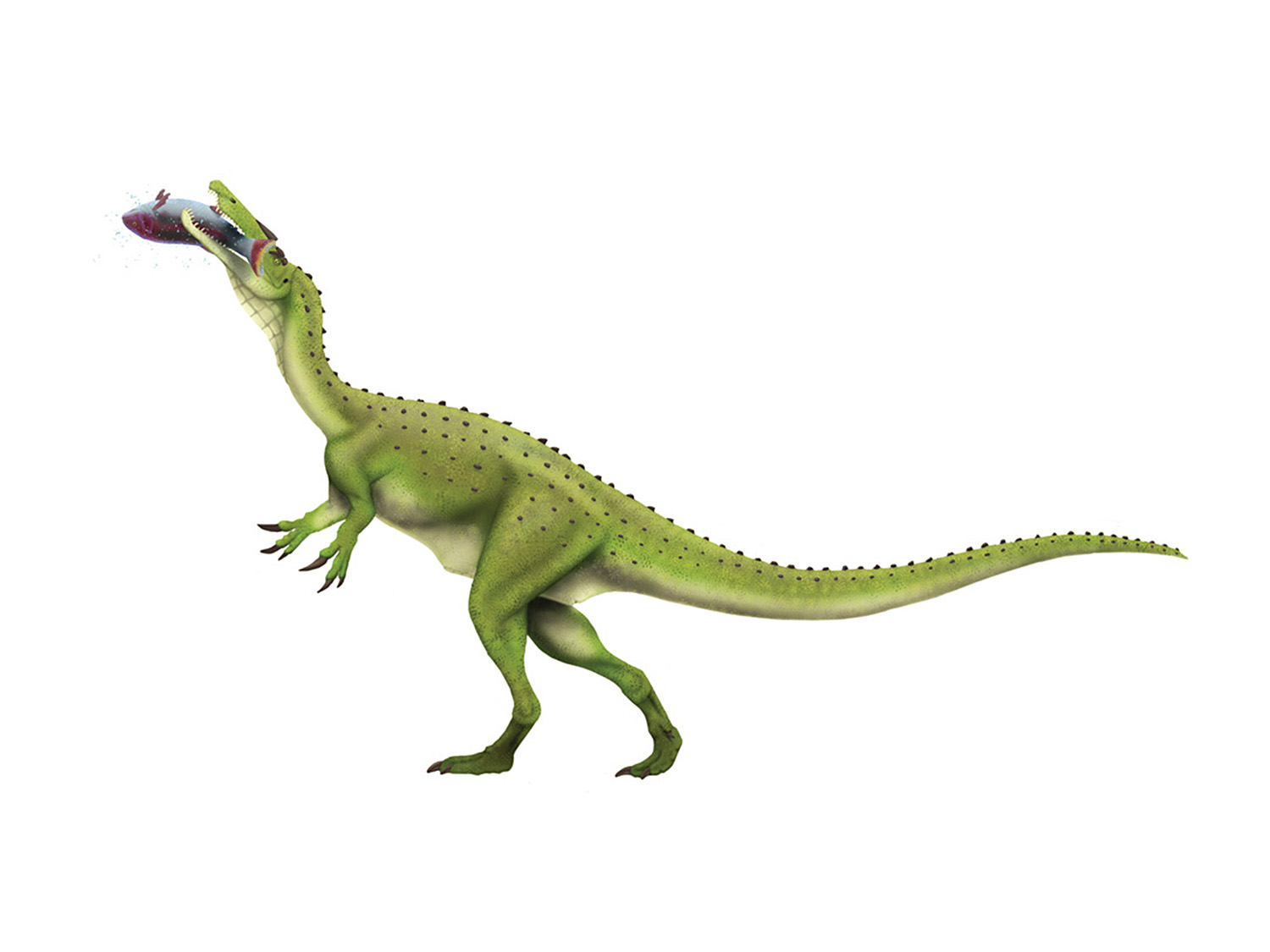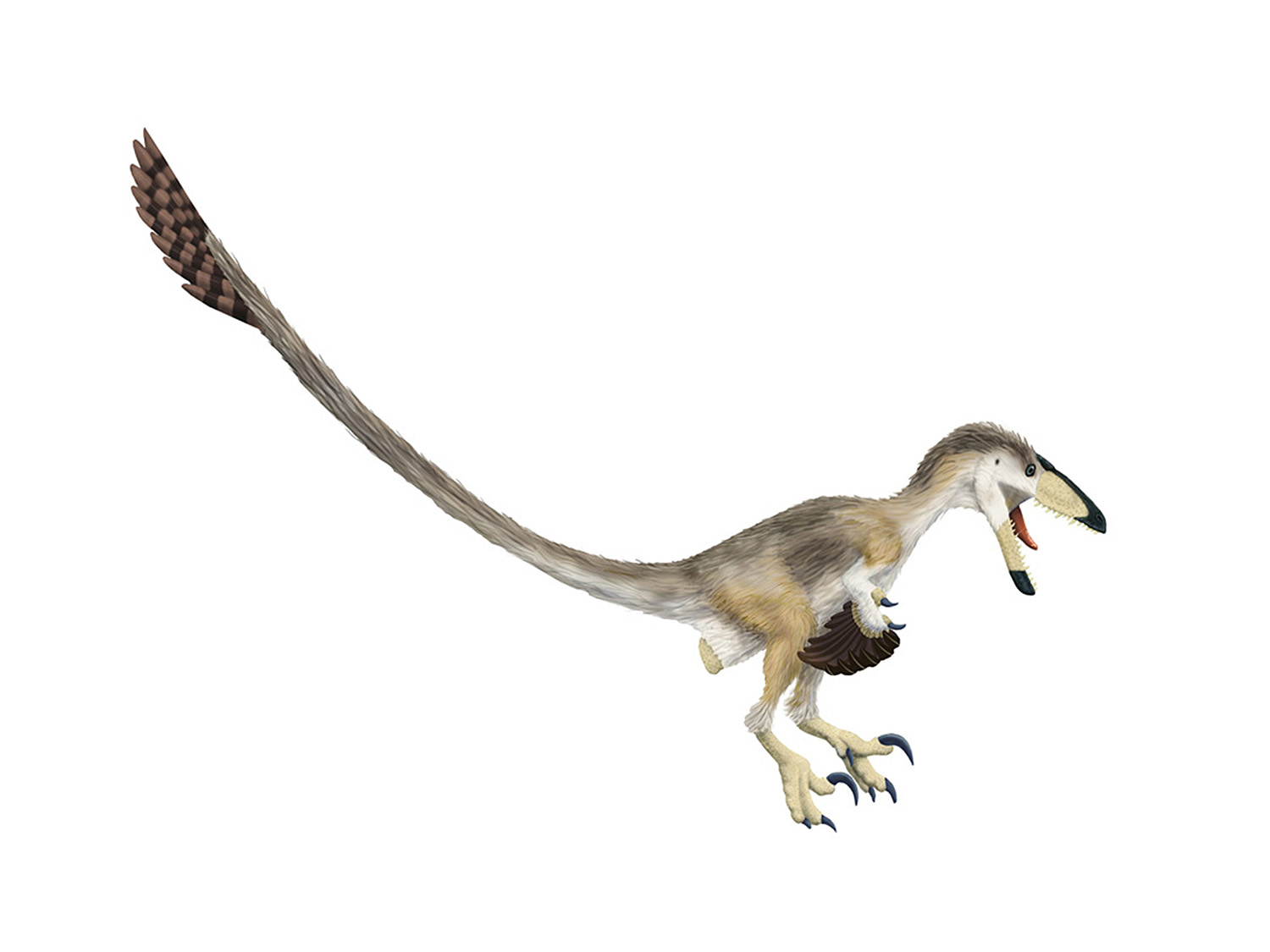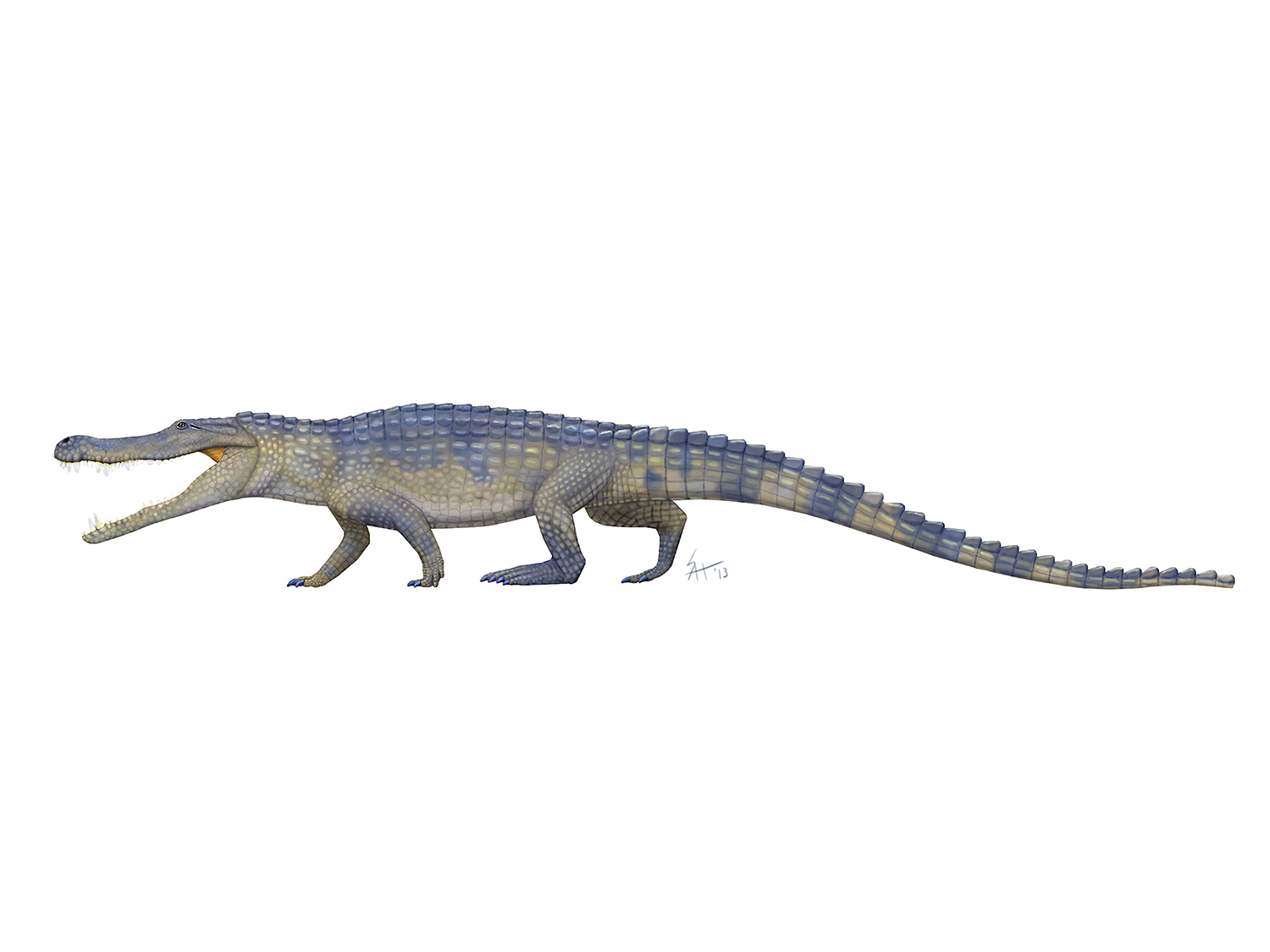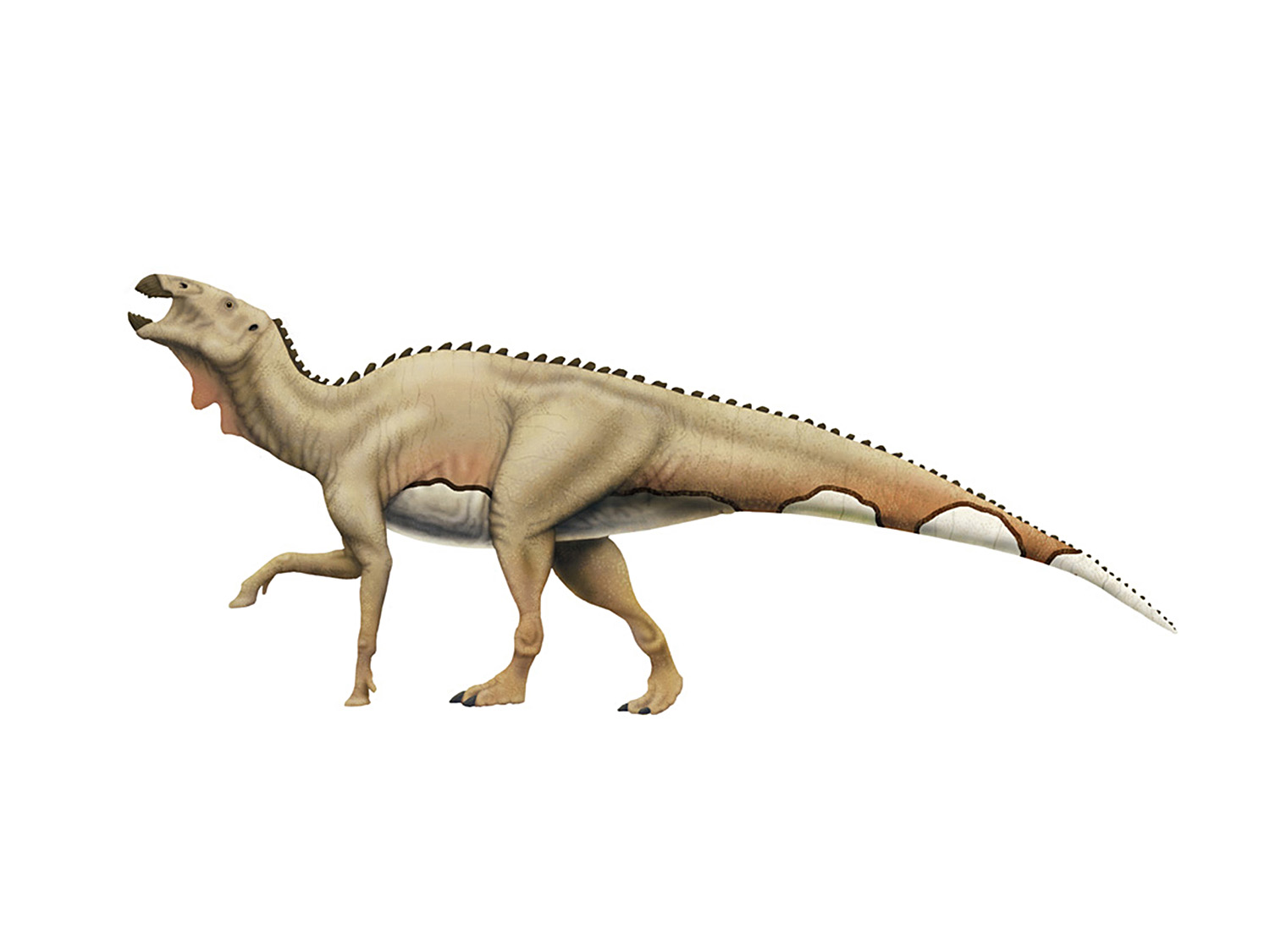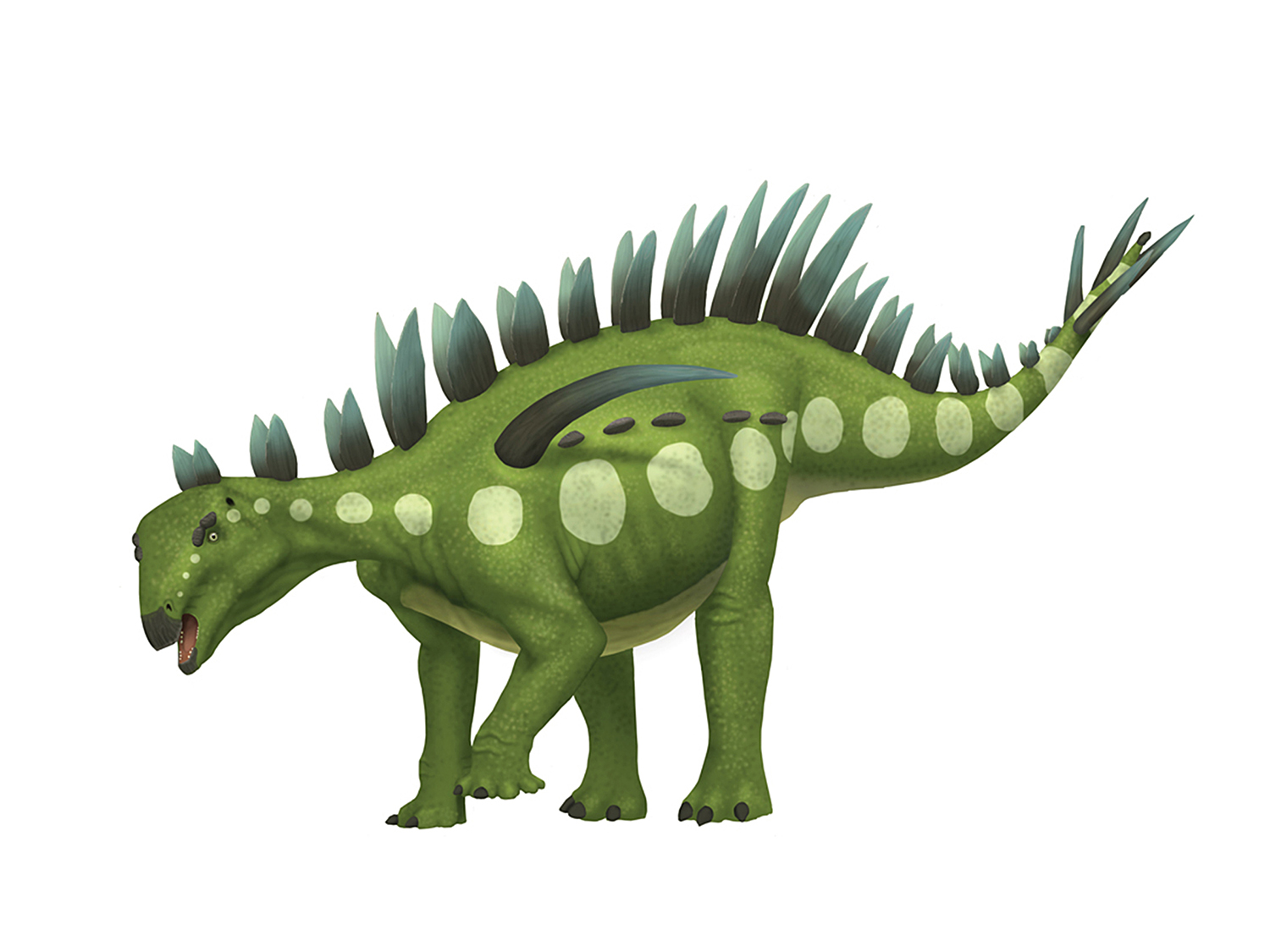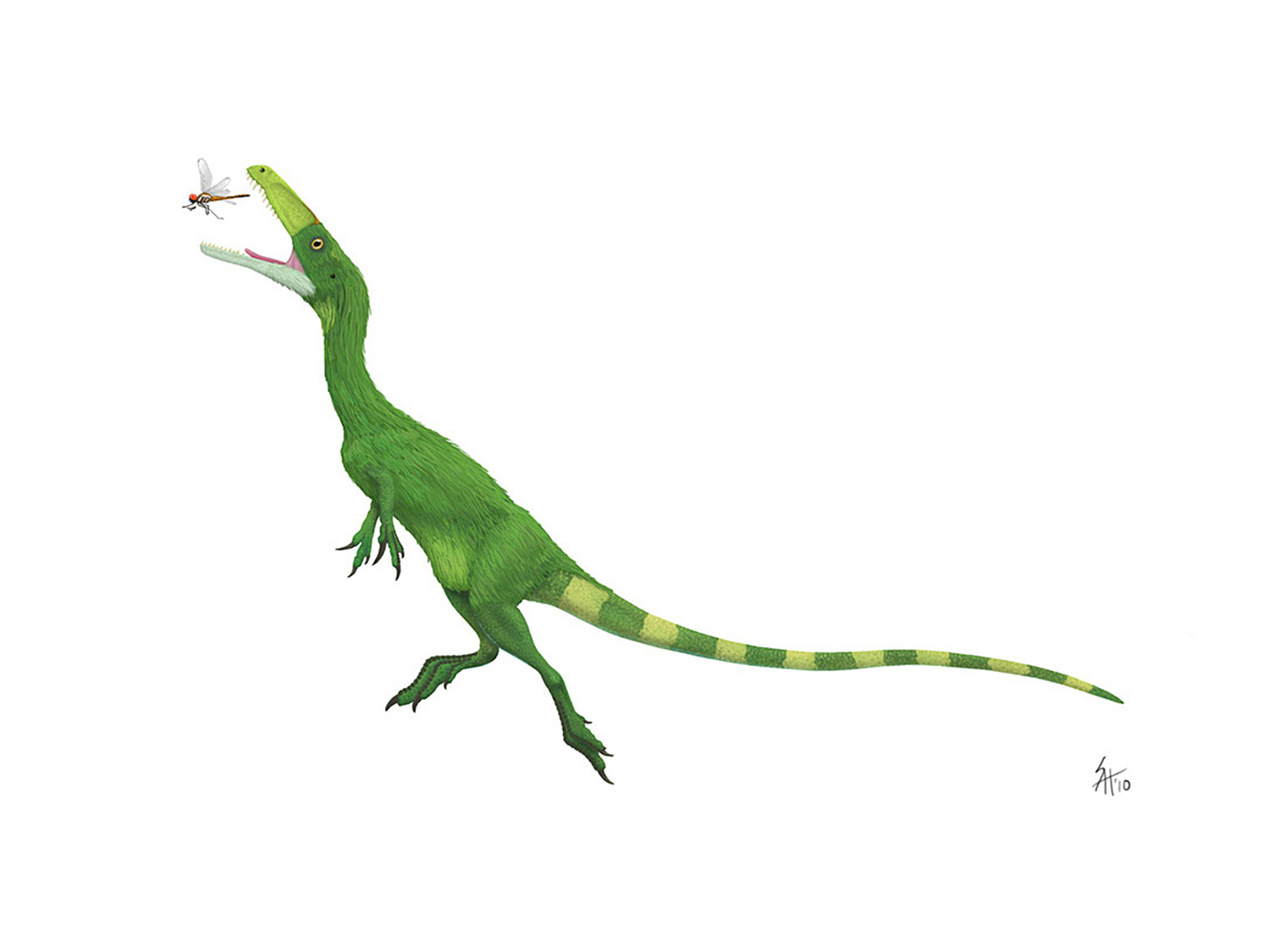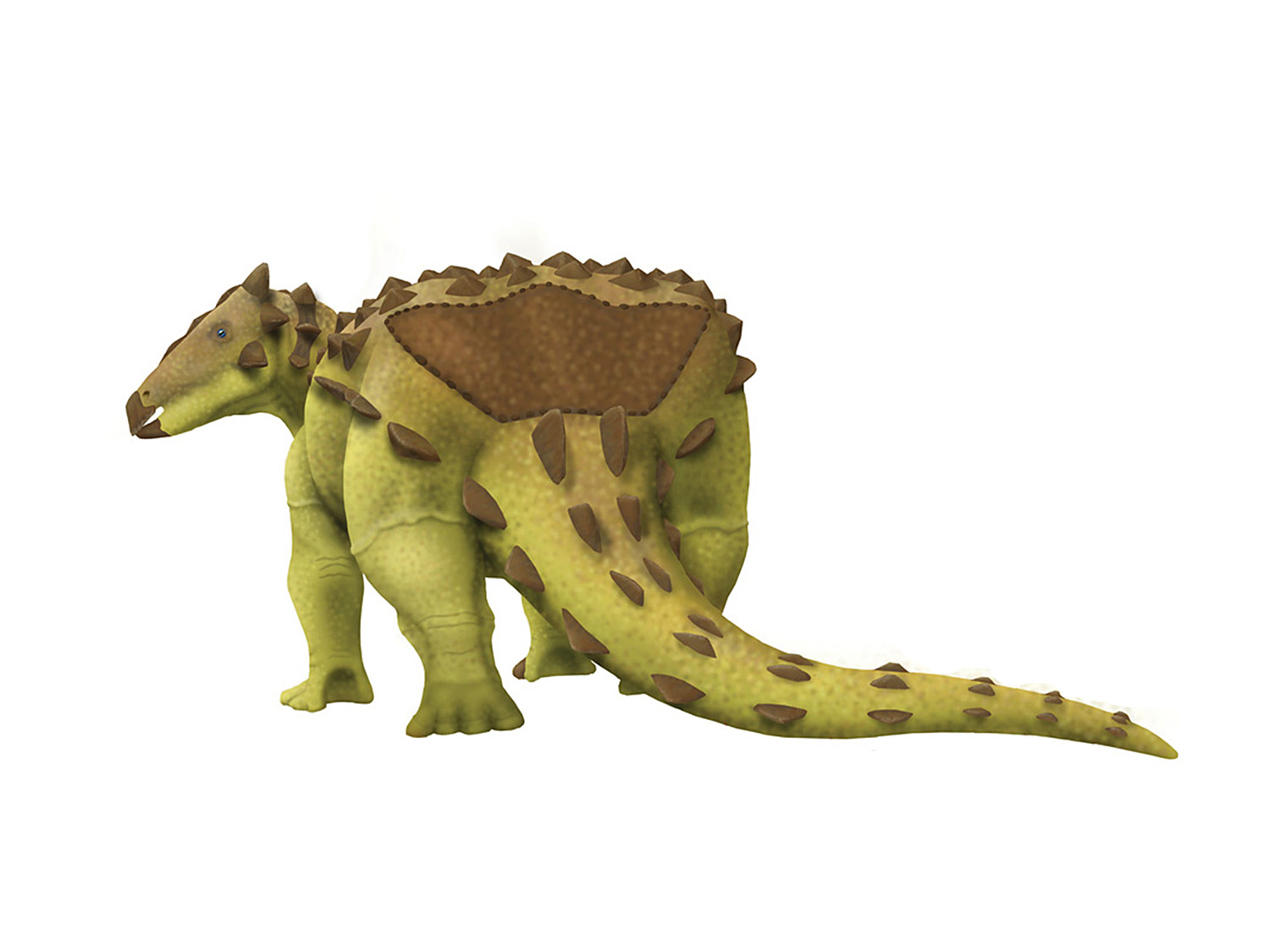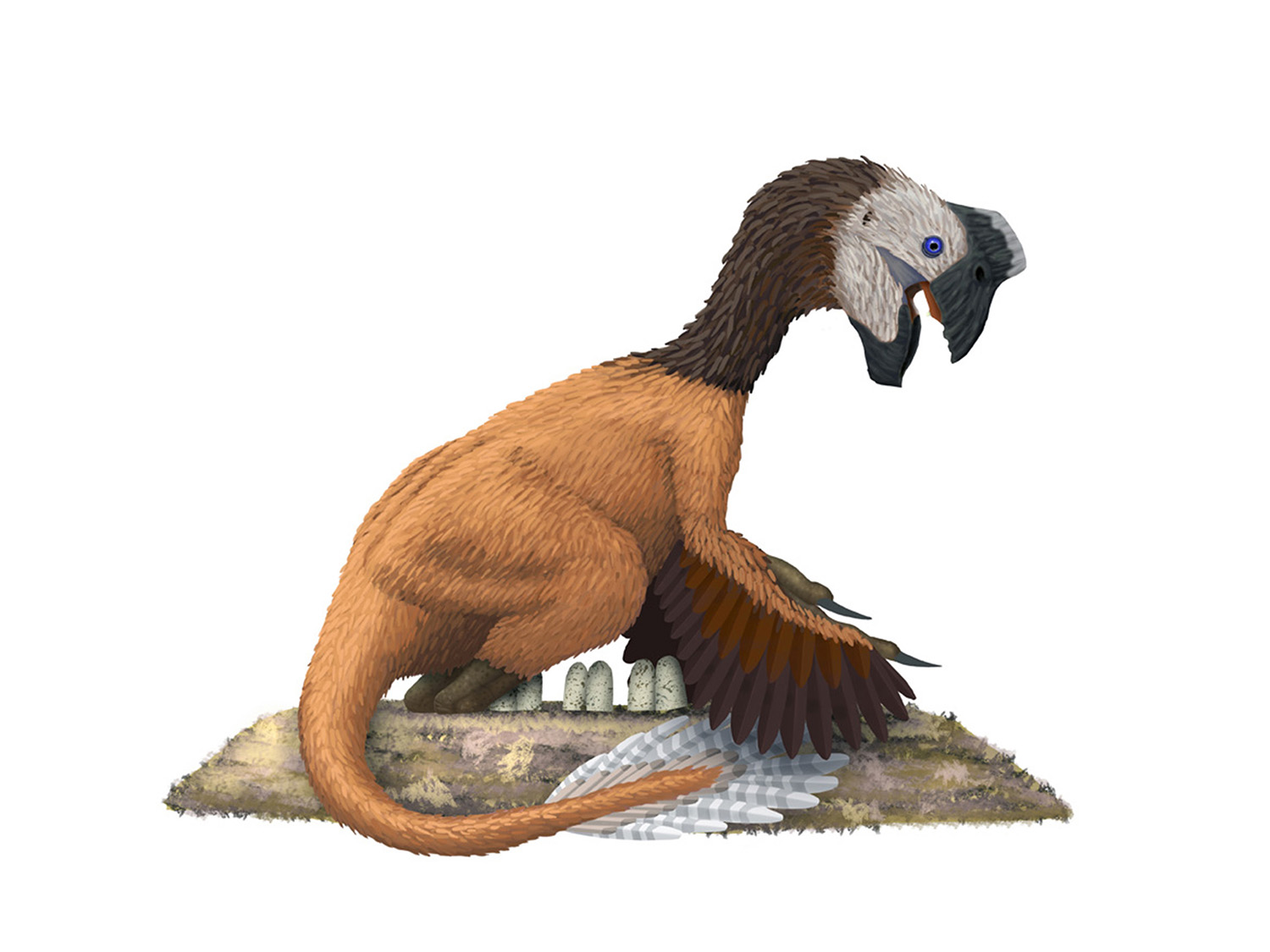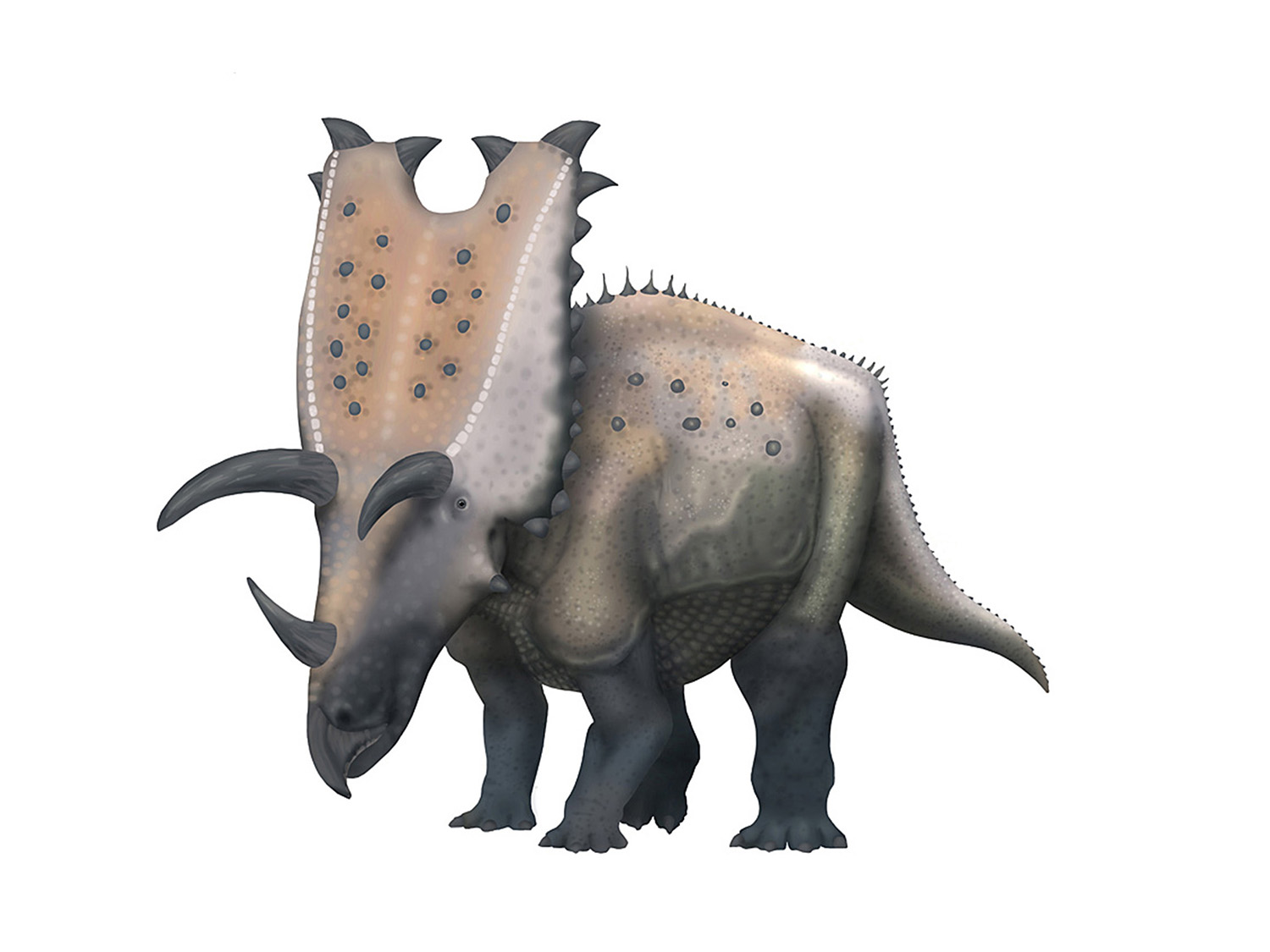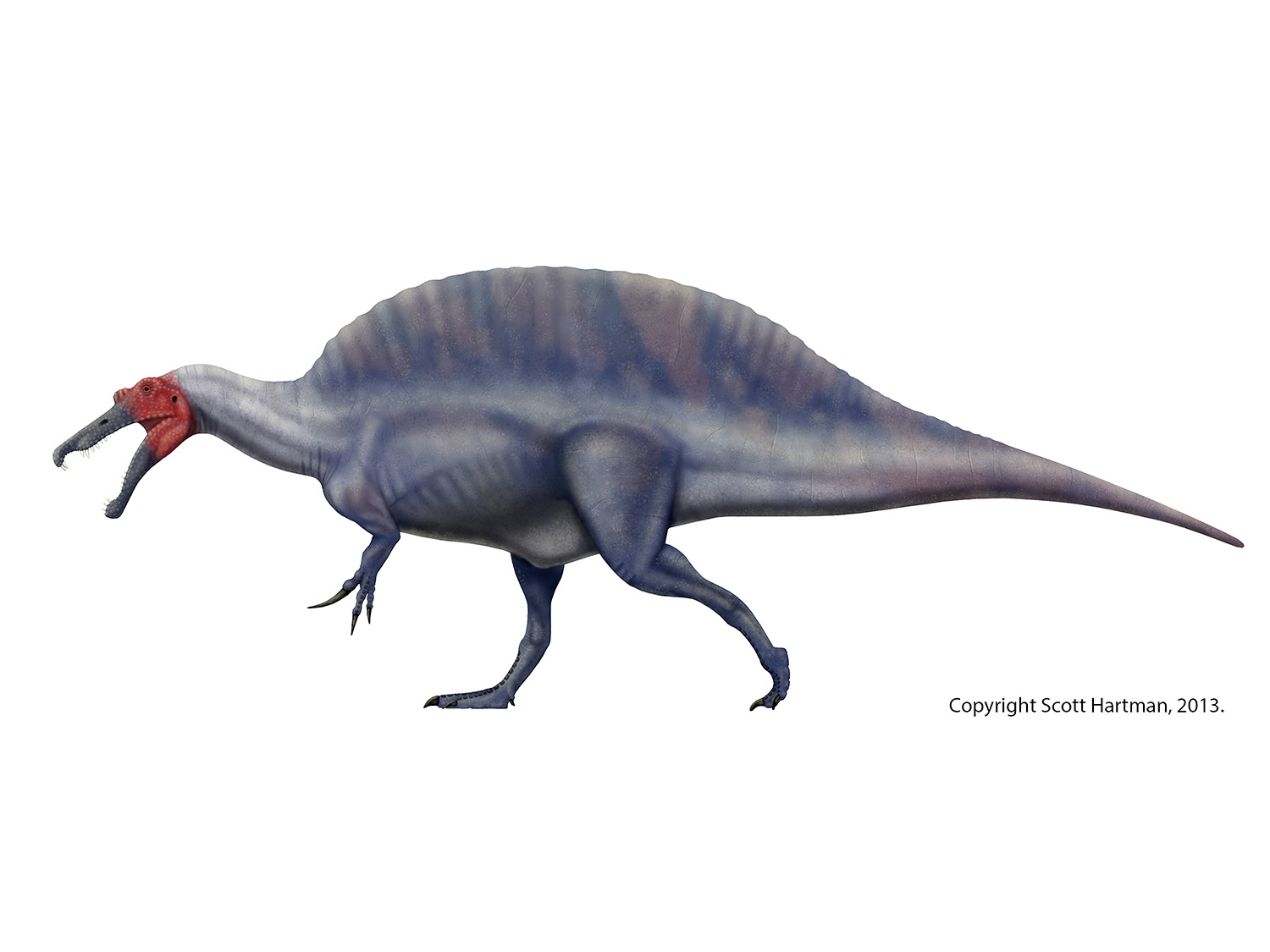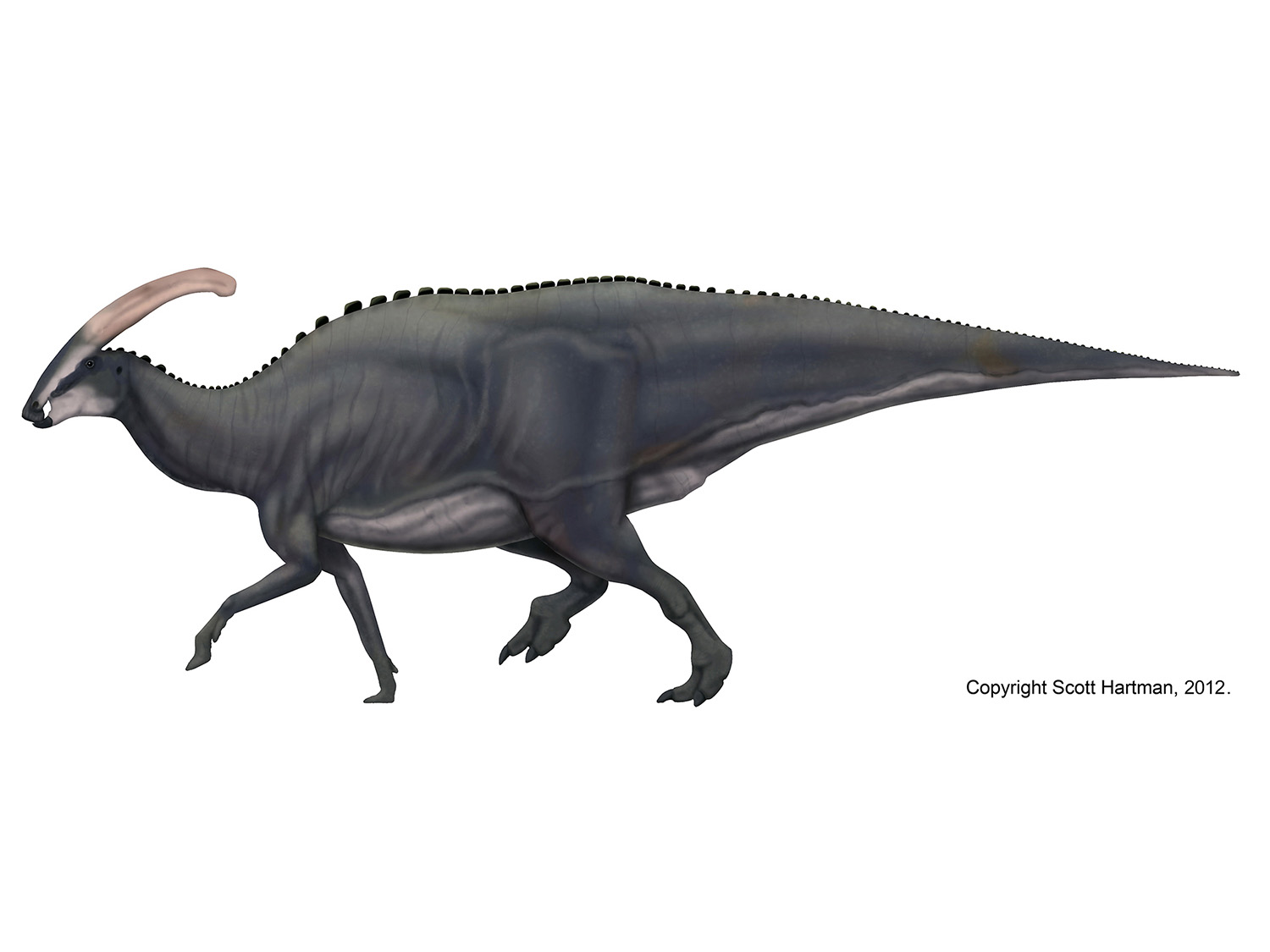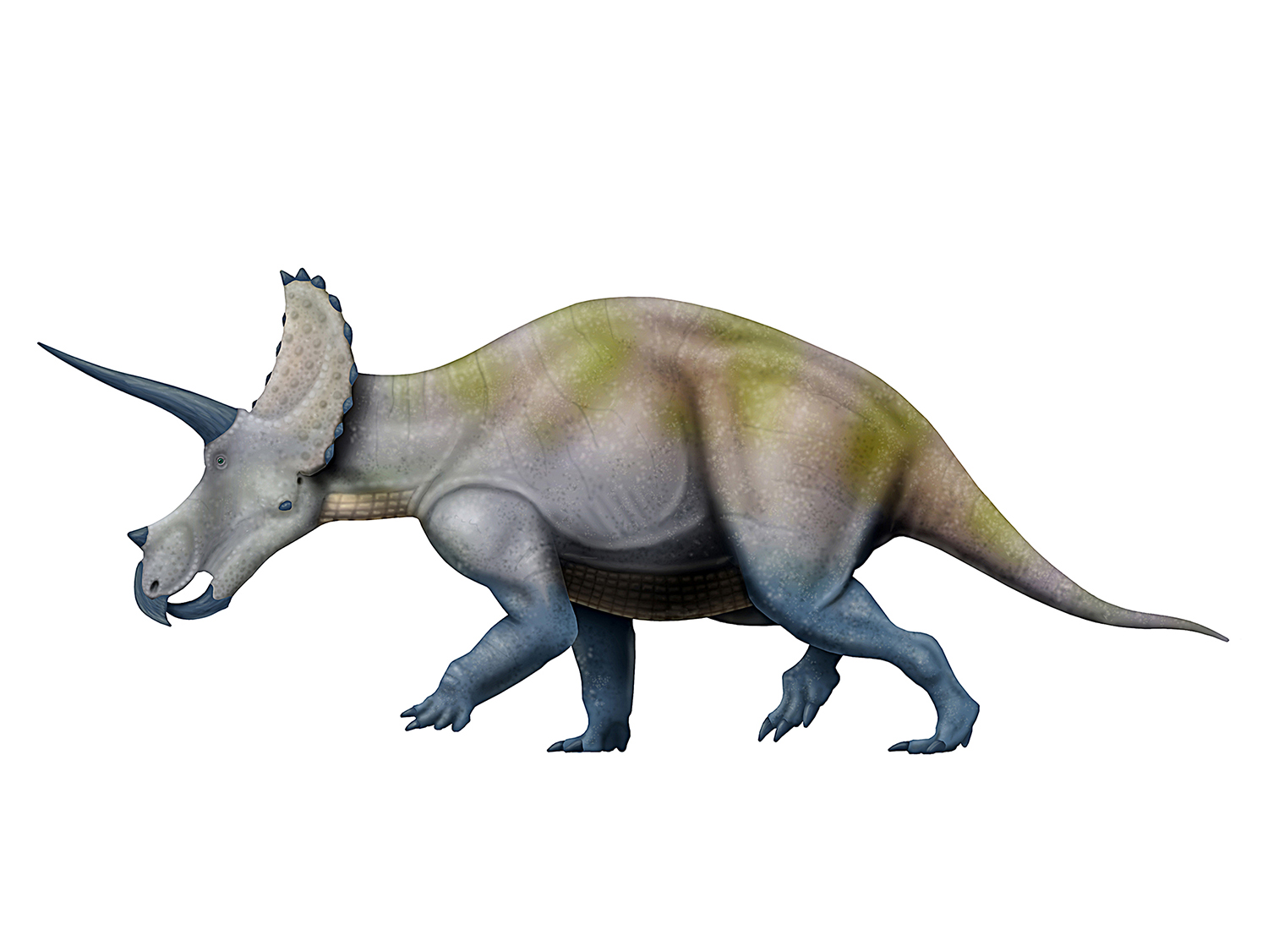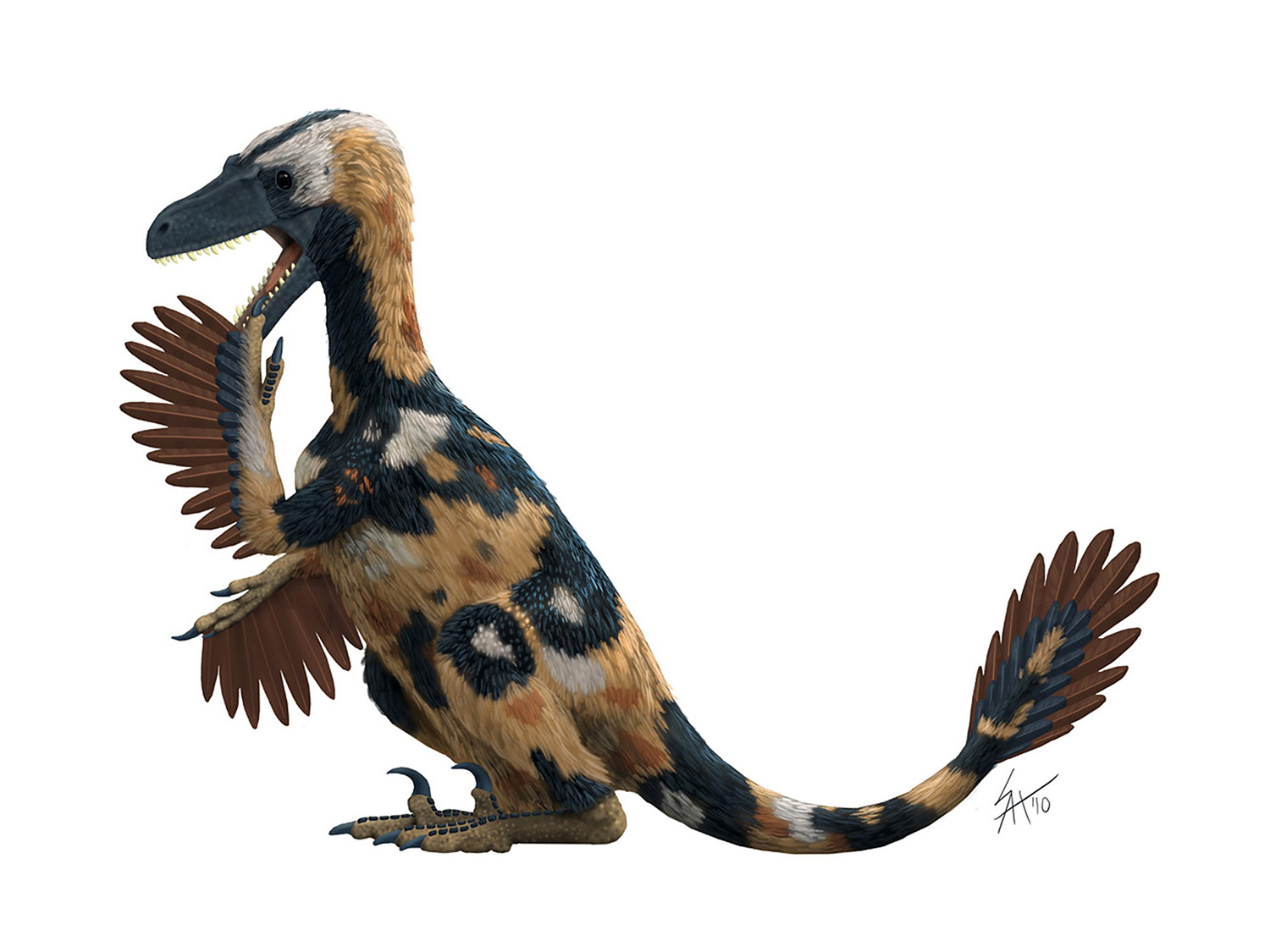I.O.Yutyrannus
/Hey, it's not every day that a completely fuzzy, nearly 30-foot long meat-eating dinosaur is described, now is it? I'm afraid my current schedule won't allow for a full skeletal of this critter for several more weeks, so consider the skull a down payment.
First, I should say that I'm not going to retread much of the excellent writing that has already been done onYutyrannus. If you'd like more in depth coverage, I highly recommend David Hone's excellent write-up on his blog Archosaur Musings. For more coverage and some reasons to question whetherYutyrannus is a actually a tyrannosauroid, check out Darren Naish's coverage on his Scientific American TetZoo blog. I'd also be remiss to not mention Brian Switek's article over at the Smithsonian website.
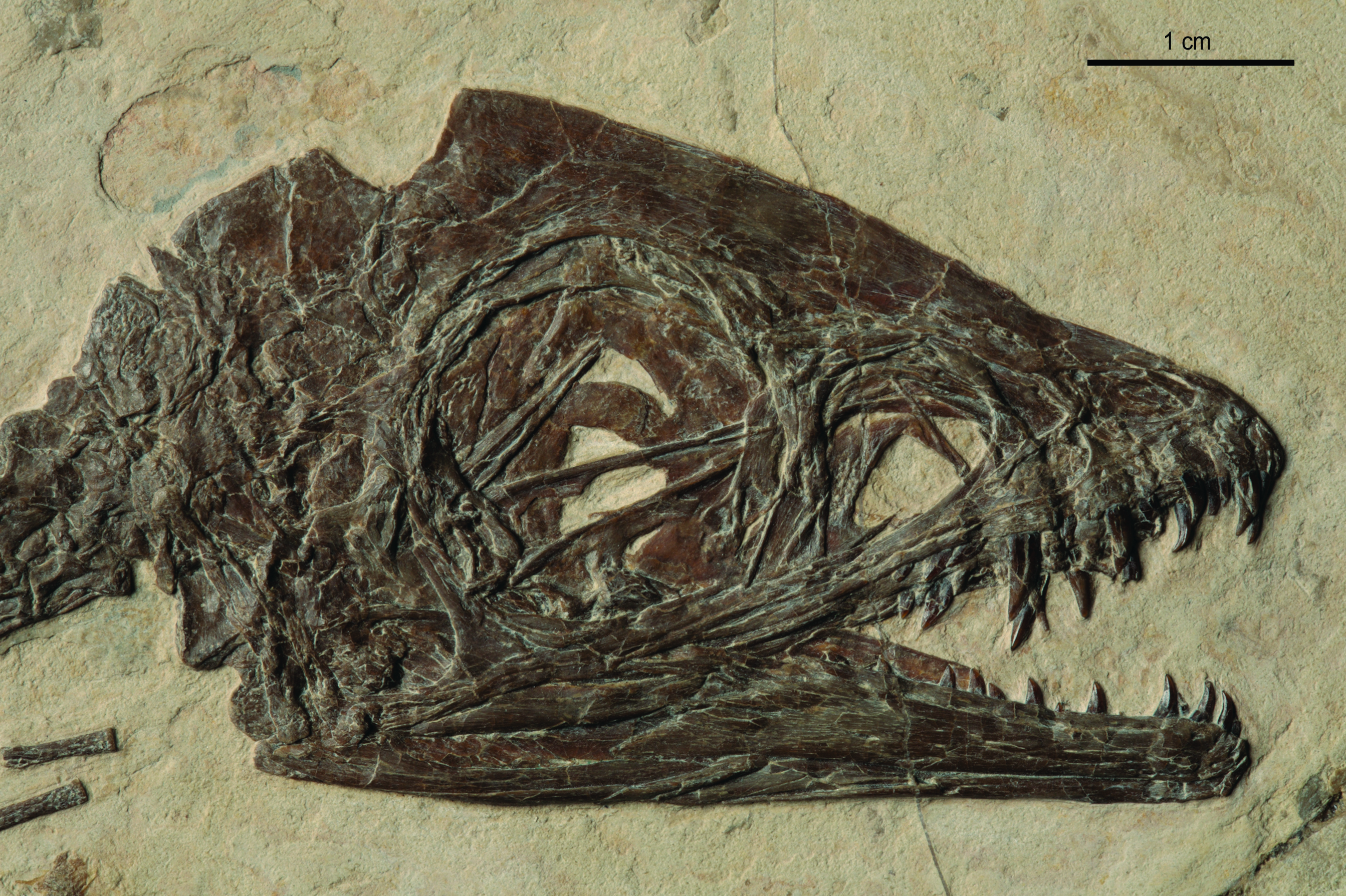
Photograph by Roberto Appiani
What I will cover are some of the difficulties I've already observed in restoring Yutyrannus. The reconstruction above is based on one of the beautifully preserved skulls (there are 3!); like everything else found in the Yixian Formation, the specimens have been squashed flat. Relatively robust bones like a femur hold up fairly well, but skulls really don't. They tend to be highly three-dimensional in shape, and are made out of relatively thin elements. In particular, on theropod skulls the top and rear of the skull tend to fold upward as the head undergoes the pancake treatment of diagenesis
.Small dinosaurs with larger eyes and brains (like the juvenile Scipionyx above seen at right) exaggerate the problem even more, and unsuspecting artists can restore the skulls as having huge domes over the eyes if they don't know better. In Yutyrannus I suspect we are seeing something similar, which probably exaggerates the apparent size of the nasals (especially as you move closer to the eyes), as well as the top of the skull at the back.
If you check out the beautiful photograph of the head of juvenile specimen ELDM V1001 in David Hone's blog (the same one I've restored above), you can probably see what I'm getting at.
The skull restoration at the beginning of this article takes those things into account, attempting to return a 3-dimensional shape to the steam-rolled remains of the skull (by the way, the mandible is largely a place holder for now, the surangular is actually a fairly different shape). Below I've included a comparison of the the skull with and without those "corrections". Because there are three skulls, and because they have likely been subject to distortion from somewhat different angles, I should be able to double check this with greater precision once I get around to doing the full skeletal.
For those of you investing the time to study the comparison image, the top one is the restored version, while the bottom one treats the outline more literally. In both cases I've re-articulated the lacrimal (the bone in front of the eye) with the jugal (the bone underneath the orbit). In both cases the lower jaw is (as mentioned above) just a generic placeholder that is the correct size, but doesn't take the information from other specimens into account.
That's all the time I have to put into a new skeletal on my own whim for the moment. Until I get a chance to do the whole thing enjoy this Yutyrannus I.O.U.











.jpg)








